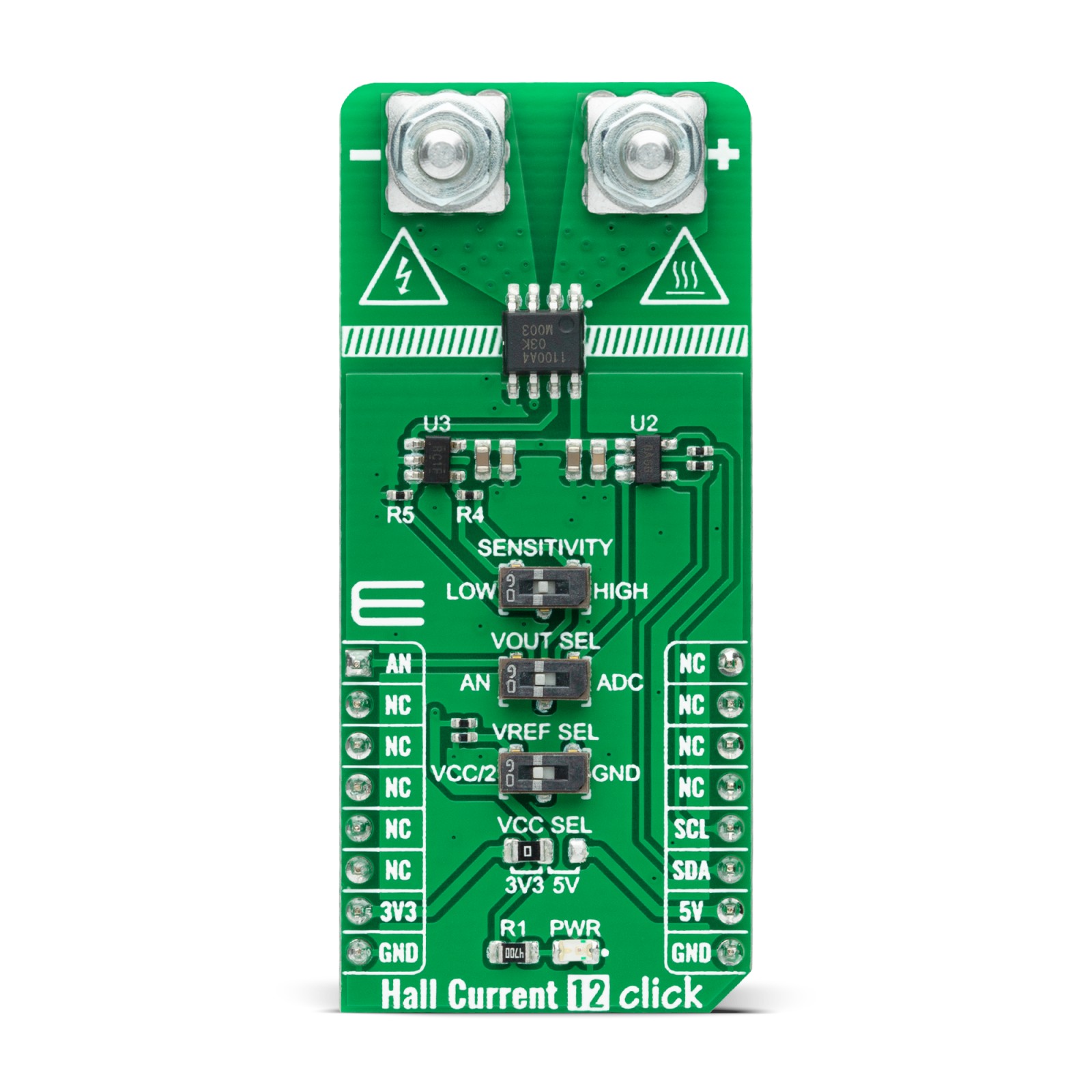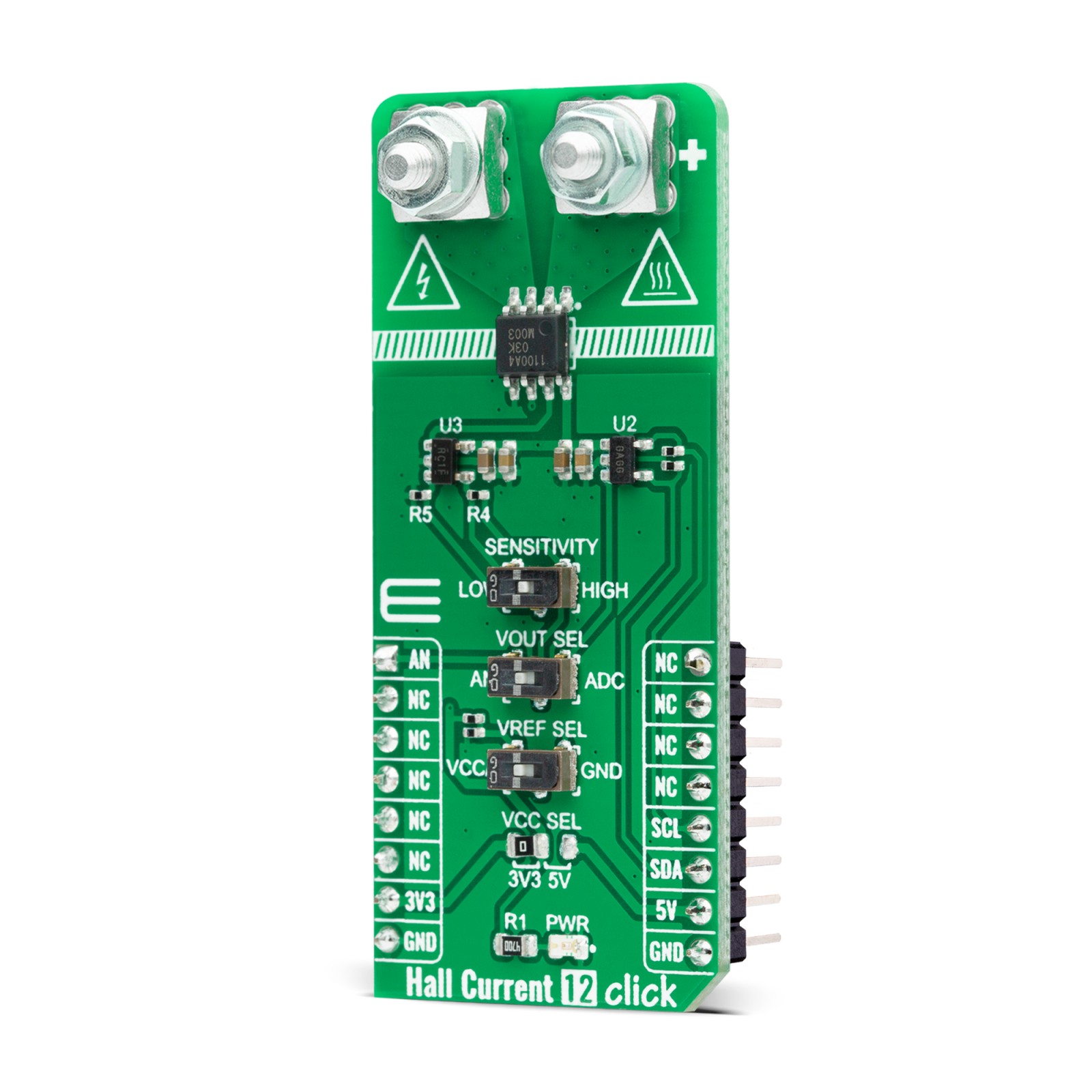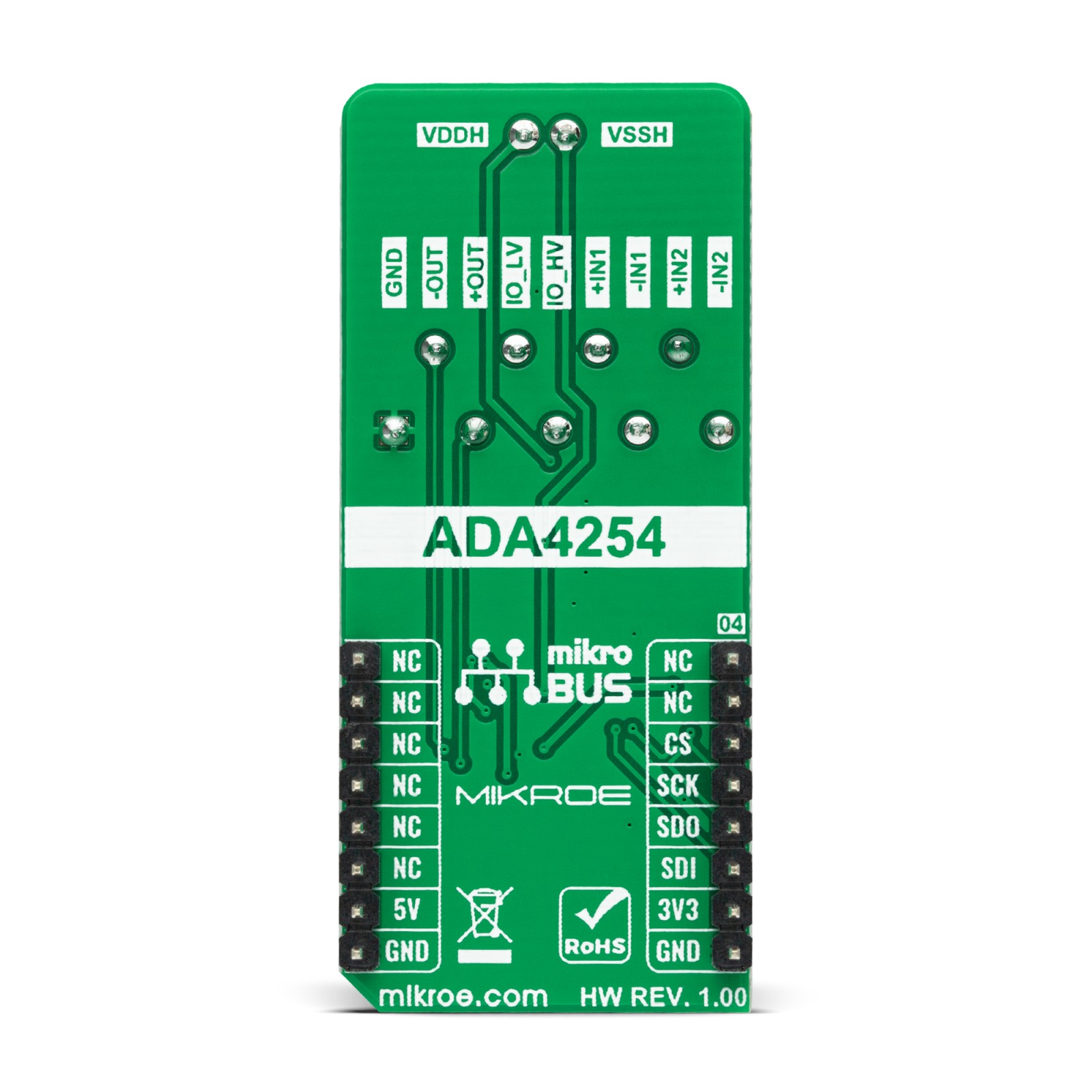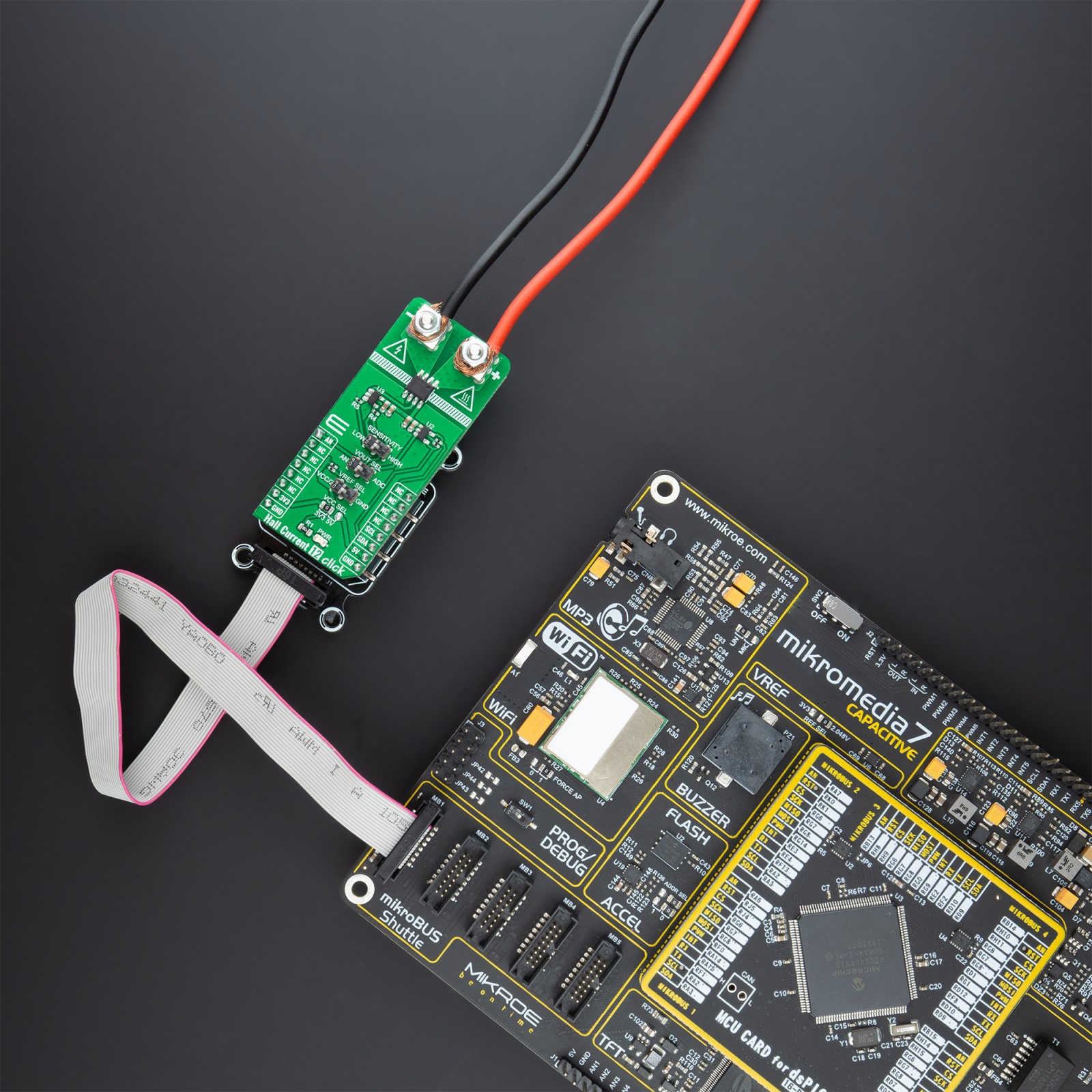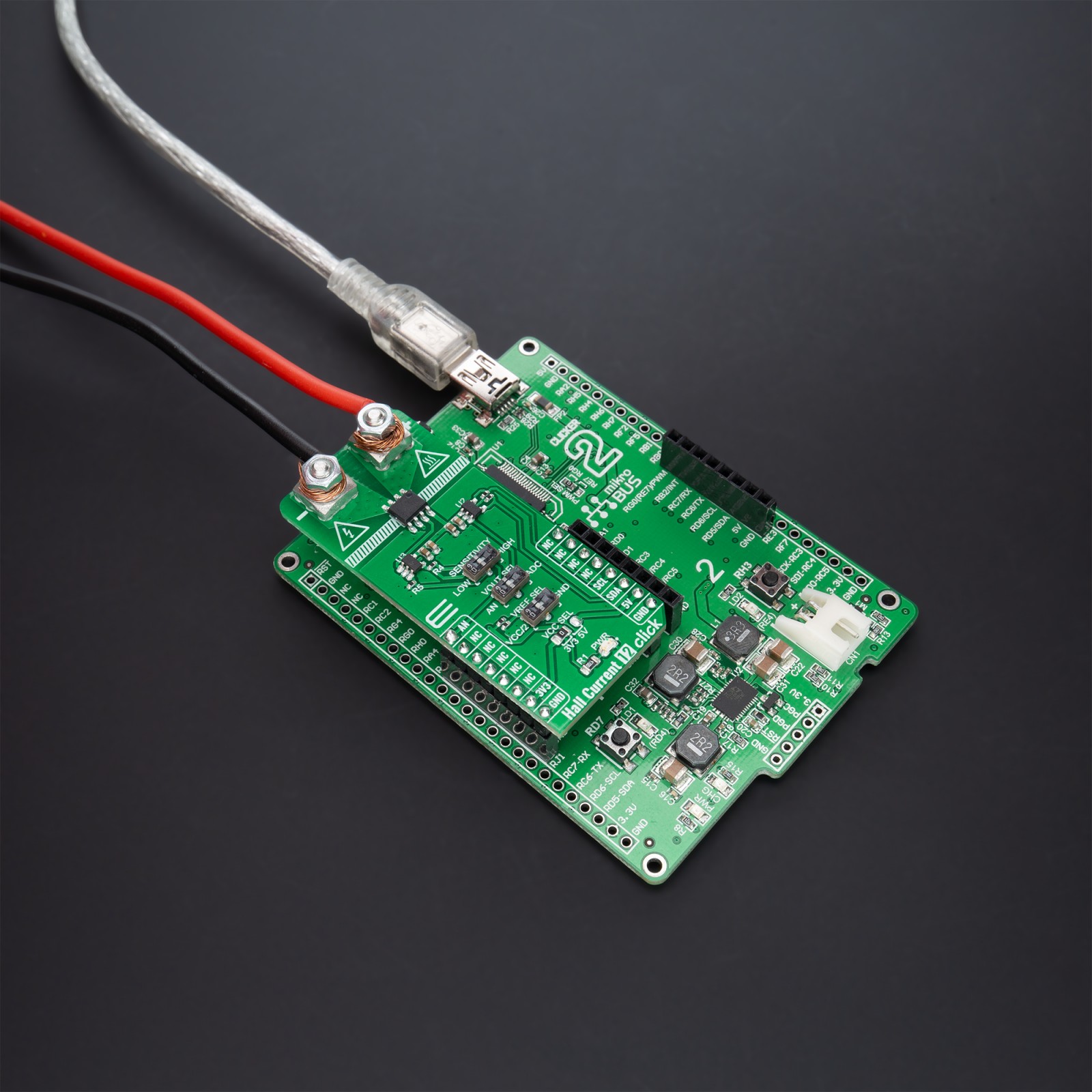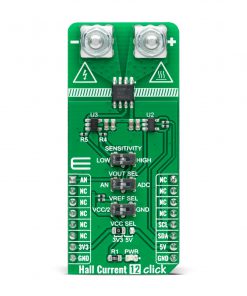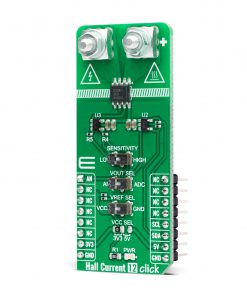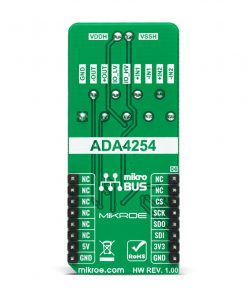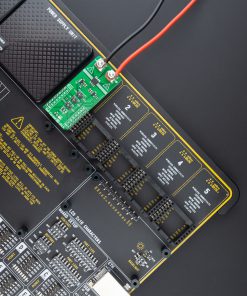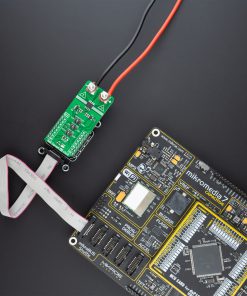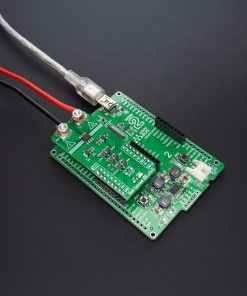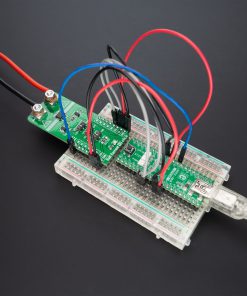-
×
 MPU 9DOF Click
1 × R550.00
MPU 9DOF Click
1 × R550.00 -
×
 GSM-GPS Click
1 ×
GSM-GPS Click
1 × R1,350.00R1,215.00 -
×
 GSM/GNSS Click
1 ×
GSM/GNSS Click
1 × R1,700.00R1,530.00 -
×
 EXPAND Click
2 ×
EXPAND Click
2 × R260.00R234.00 -
×
 RS485 Click 5V
1 × R235.00
RS485 Click 5V
1 × R235.00 -
×
 BUZZ Click
1 × R115.00
BUZZ Click
1 × R115.00 -
×
 HYDROGEN Click
1 ×
HYDROGEN Click
1 × R335.00R301.50 -
×
 METHANE Click
2 ×
METHANE Click
2 × R335.00R301.50 -
×
 ADC Click
1 ×
ADC Click
1 × R540.00R486.00 -
×
 RTC Click
1 ×
RTC Click
1 × R390.00R351.00 -
×
 3D Motion Click
2 ×
3D Motion Click
2 × R1,050.00R945.00 -
×
 LPG Click
1 ×
LPG Click
1 × R335.00R301.50
Subtotal: R8,046.00

